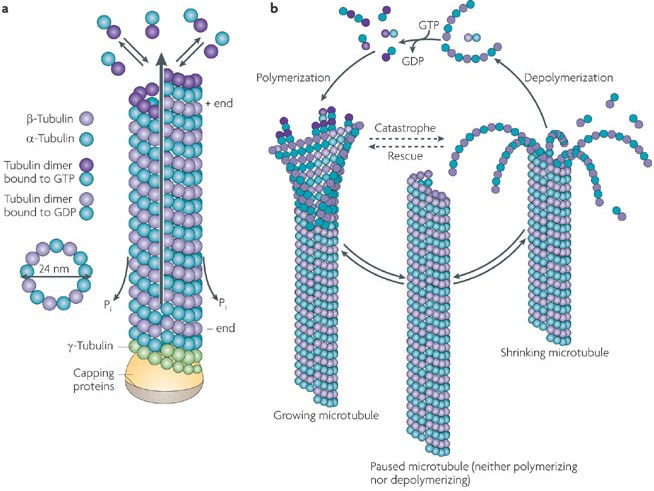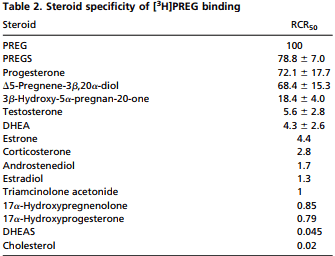Microtubule
links: reference:
- [Cytoskeletal regulation guides neuronal trafficking to effectively supply the synapse] 8-24-2021
Microtubule #
-

- Made up of the monomer proteins α-Tubulin and β-tubulin, joining to form a dimer, creating polymers put together into a sheet, and rolled into a tube.
-
One end is anchored to the microtubule organizing center.
-
https://raypeatforum.com/community/threads/the-travis-corner.21611/post-302172
- LSD has a peculair affinity for the serotonin receptor yet also an unusually high molecular orbital energy. I’m not sure exactly what to think (actually, I know exactly what to think). Perhaps the seronotin receptor binding capacity is necessary to open the G protein‐coupled receptors (perhaps allowing fluorescence to bridge the gap from one receptor to another, similar to how the protein Connexin makes a link between corresponding Microtubules of hard‐wired neurons) and the higher molecular orbital necessary to shift the frequency of light emitted?
- I think our eyes had historically funneled light through the optic nerve into the brain, and this light is basically consciousness itself. Only later, by using heme, our bodies have found a ways to create light chemically so we can think in the dark. Bio‐chemiluminescence is a well‐known phenomenon, and ultra‐weak fluorescence has been observed emanating from living cells for over a century.
- Observing the structure of microtubules usually leads to the conclusion they’d been designed for this very purpose. You are almost forced into thinking their interiors transmit light after the realization that nothing else can explain the 100·m/s nerve conduction velocity. I refuse to believe an ‘ionic wave’ could possible travel so far along the outside of myelinated microtubules (i.e. what are nerves). All other explanations fail.
-
https://raypeatforum.com/community/threads/the-travis-corner.21611/post-302302
-
Estradiol and testosterone have opposite effects on microtubule polymerization
-
Pregnenolone binds to microtubule-associated protein 2 and stimulates microtubule assembly
- Microtubules contain a high-affinity, low-capacity pregnenolone-binding protein.
-
- Microtubules contain a high-affinity, low-capacity pregnenolone-binding protein.
-
Microtubule-associated protein 2 (MAP2) is a neurosteroid receptor
- However, PROG, although it binds to MAP2, does not increase the immunostaining of MAP2, contrary to PREG and MePREG.
